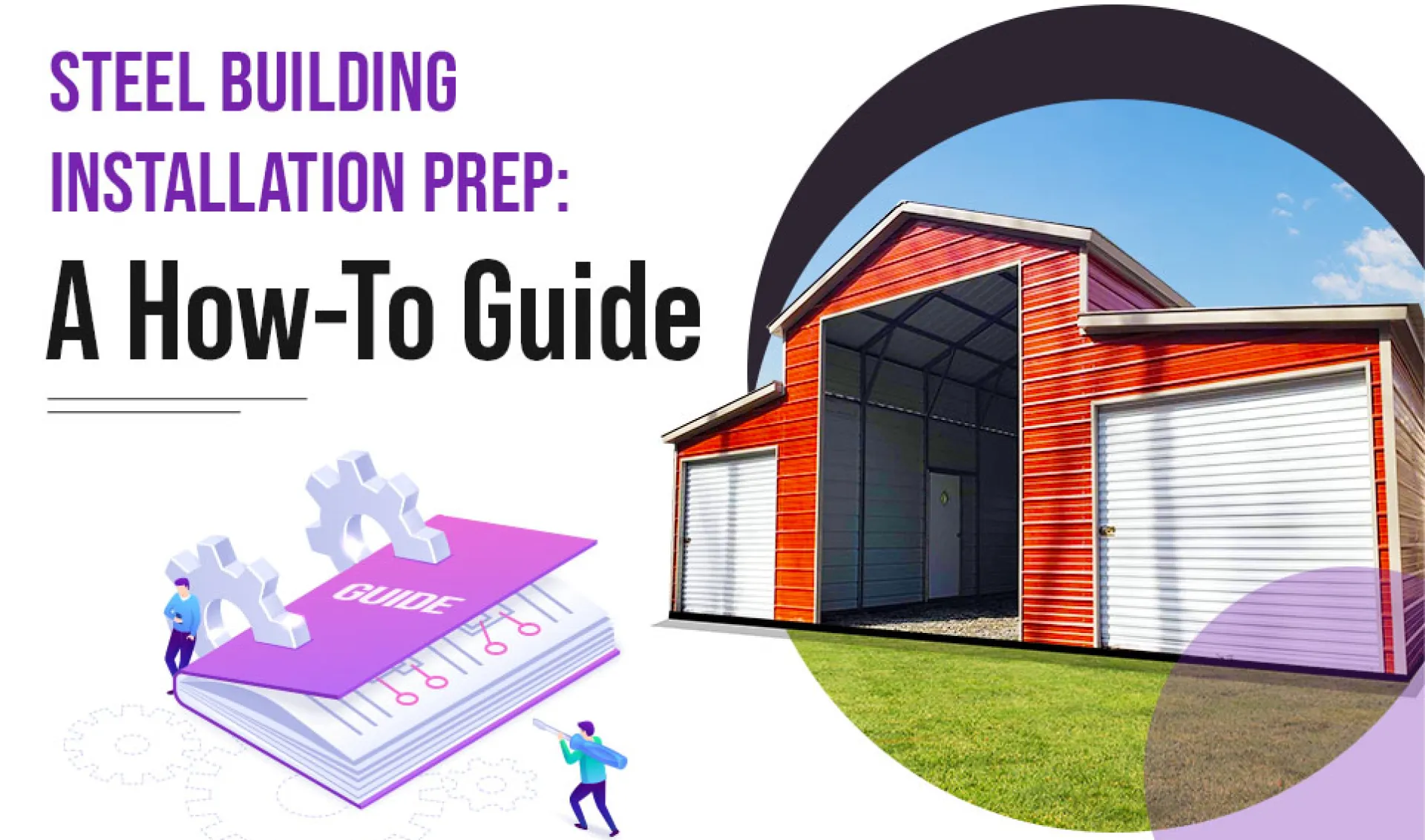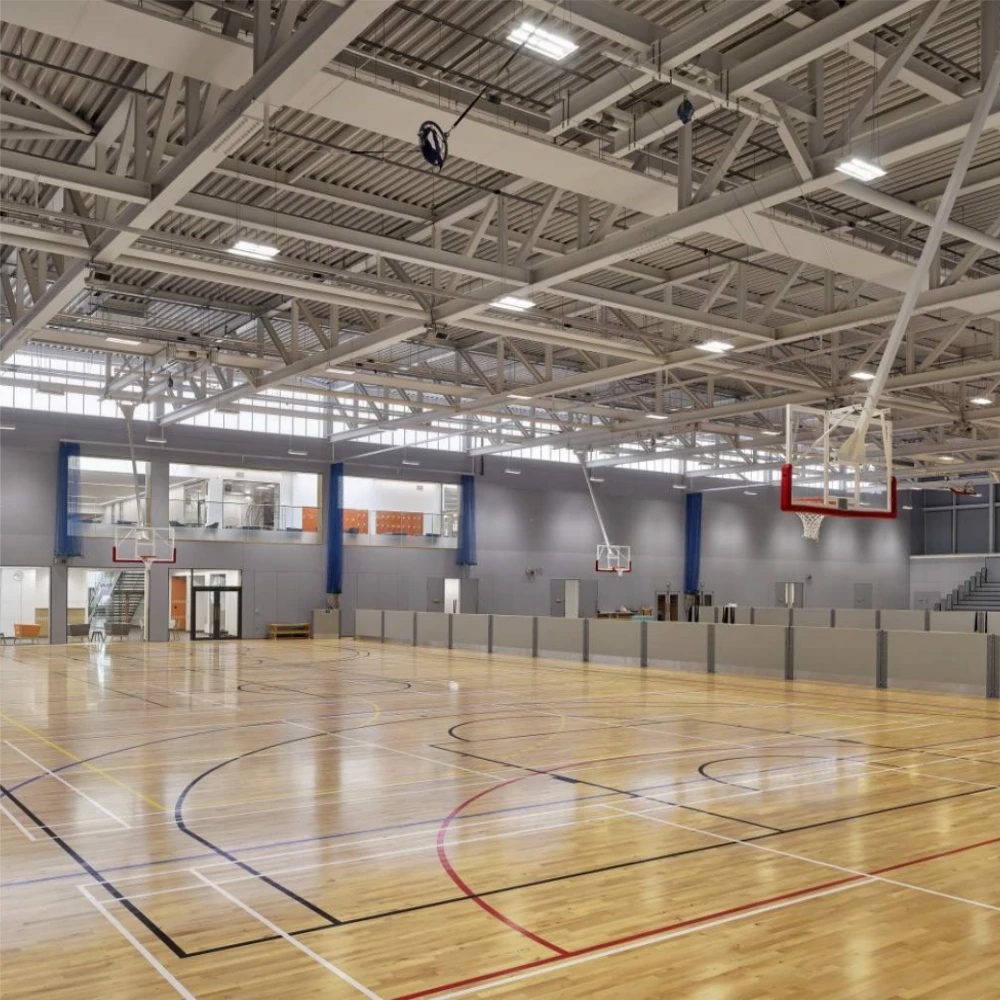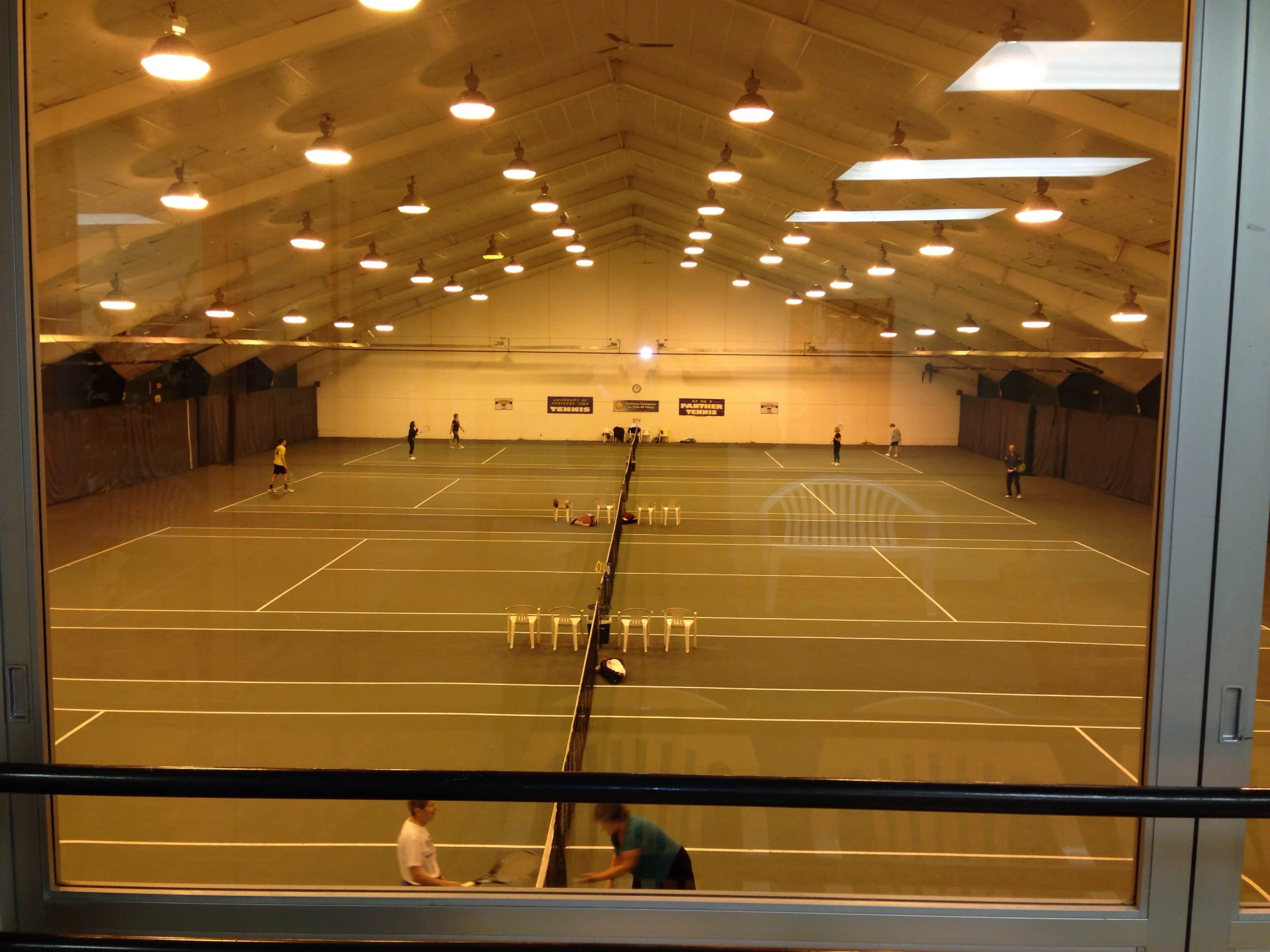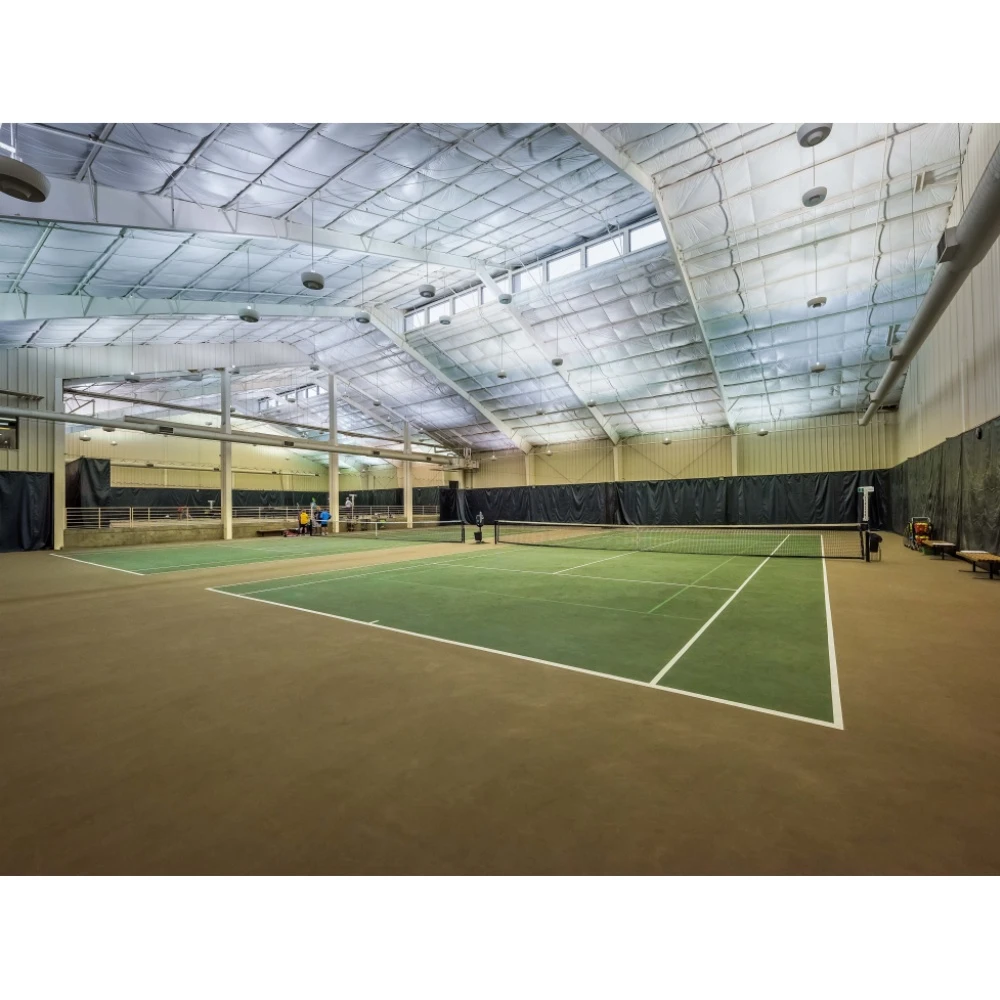- Afrikaans
- Albanian
- Amharic
- Arabic
- Armenian
- Azerbaijani
- Basque
- Belarusian
- Bengali
- Bosnian
- Bulgarian
- Catalan
- Cebuano
- Corsican
- Croatian
- Czech
- Danish
- Dutch
- English
- Esperanto
- Estonian
- Finnish
- French
- Frisian
- Galician
- Georgian
- German
- Greek
- Gujarati
- Haitian Creole
- hausa
- hawaiian
- Hebrew
- Hindi
- Miao
- Hungarian
- Icelandic
- igbo
- Indonesian
- irish
- Italian
- Japanese
- Javanese
- Kannada
- kazakh
- Khmer
- Rwandese
- Korean
- Kurdish
- Kyrgyz
- Lao
- Latin
- Latvian
- Lithuanian
- Luxembourgish
- Macedonian
- Malgashi
- Malay
- Malayalam
- Maltese
- Maori
- Marathi
- Mongolian
- Myanmar
- Nepali
- Norwegian
- Norwegian
- Occitan
- Pashto
- Persian
- Polish
- Portuguese
- Punjabi
- Romanian
- Russian
- Samoan
- Scottish Gaelic
- Serbian
- Sesotho
- Shona
- Sindhi
- Sinhala
- Slovak
- Slovenian
- Somali
- Spanish
- Sundanese
- Swahili
- Swedish
- Tagalog
- Tajik
- Tamil
- Tatar
- Telugu
- Thai
- Turkish
- Turkmen
- Ukrainian
- Urdu
- Uighur
- Uzbek
- Vietnamese
- Welsh
- Bantu
- Yiddish
- Yoruba
- Zulu
Nov . 01, 2024 16:34 Back to list
The Rise of Steel Building Construction
Steel building construction has emerged as a prominent method in modern architecture and engineering, revolutionizing the way structures are conceived and built. Traditionally, buildings were constructed using materials such as wood and brick, which, while effective, posed limitations in terms of strength, durability, and design flexibility. With the advent of steel as a primary construction material, the industry has witnessed significant advancements.
One of the key advantages of steel is its exceptional strength-to-weight ratio. This means that steel can support heavy loads while remaining relatively lightweight, allowing for tall and expansive structures without compromising stability. As urban areas continue to grow upward, the demand for skyscrapers and multi-story buildings grows, necessitating materials that can endure significant stress and strain. Steel’s ability to provide these qualities makes it an ideal choice for high-rise construction.
Moreover, steel is highly versatile, lending itself to a variety of architectural styles and building designs. From the sleek, modern lines of contemporary skyscrapers to the robust frameworks of industrial buildings, steel can be molded and fabricated to meet diverse aesthetic requirements. This versatility also extends to its applications; steel buildings can house offices, factories, warehouses, and even residential spaces, making it a universally applicable material in construction.
steel building construction

Another significant benefit of steel building construction is its speed of assembly. Prefabricated steel components can be manufactured off-site and transported to the construction location for quick installation. This reduced construction time not only leads to lower labor costs but also minimizes disruption to surrounding areas. Additionally, the efficiency of steel construction contributes to reduced waste, as precise manufacturing processes lead to optimal material usage.
Sustainability is also a crucial consideration in today’s construction practices. Steel is 100% recyclable, making it an environmentally friendly option that resonates with the growing emphasis on sustainable building practices. By choosing steel, builders can actively contribute to reducing their carbon footprint and promoting environmental responsibility.
Finally, the resilience of steel structures against natural disasters like earthquakes and hurricanes offers peace of mind to developers and occupants. Steel buildings are designed to withstand extreme conditions, providing a safe haven in emergencies.
In conclusion, steel building construction stands as a cornerstone of modern architecture. Its strength, versatility, efficiency, sustainability, and resilience position it as a preferred choice for a wide array of constructions. As technology and engineering principles continue to advance, the future of steel in the construction industry promises even greater innovations and applications, shaping the skylines of tomorrow.
-
How Do Prefabricated Steel Structures Transform Modern Construction?
NewsJul.14,2025
-
How Do Prefabricated Metal Buildings Redefine Modern Construction?
NewsJul.14,2025
-
How Do Prefab Insulated Metal Buildings and Steel Structures Revolutionize Modern Construction?
NewsJul.14,2025
-
How Do Pre - Engineered Steel Structures Redefine Modern Construction?
NewsJul.14,2025
-
Advancing Modular Construction with Prefabricated Metal Structures
NewsJul.14,2025
-
Advancing Industrial Infrastructure with Prefabricated Steel Solutions
NewsJul.14,2025
Products categories
Our Latest News
We have a professional design team and an excellent production and construction team.












